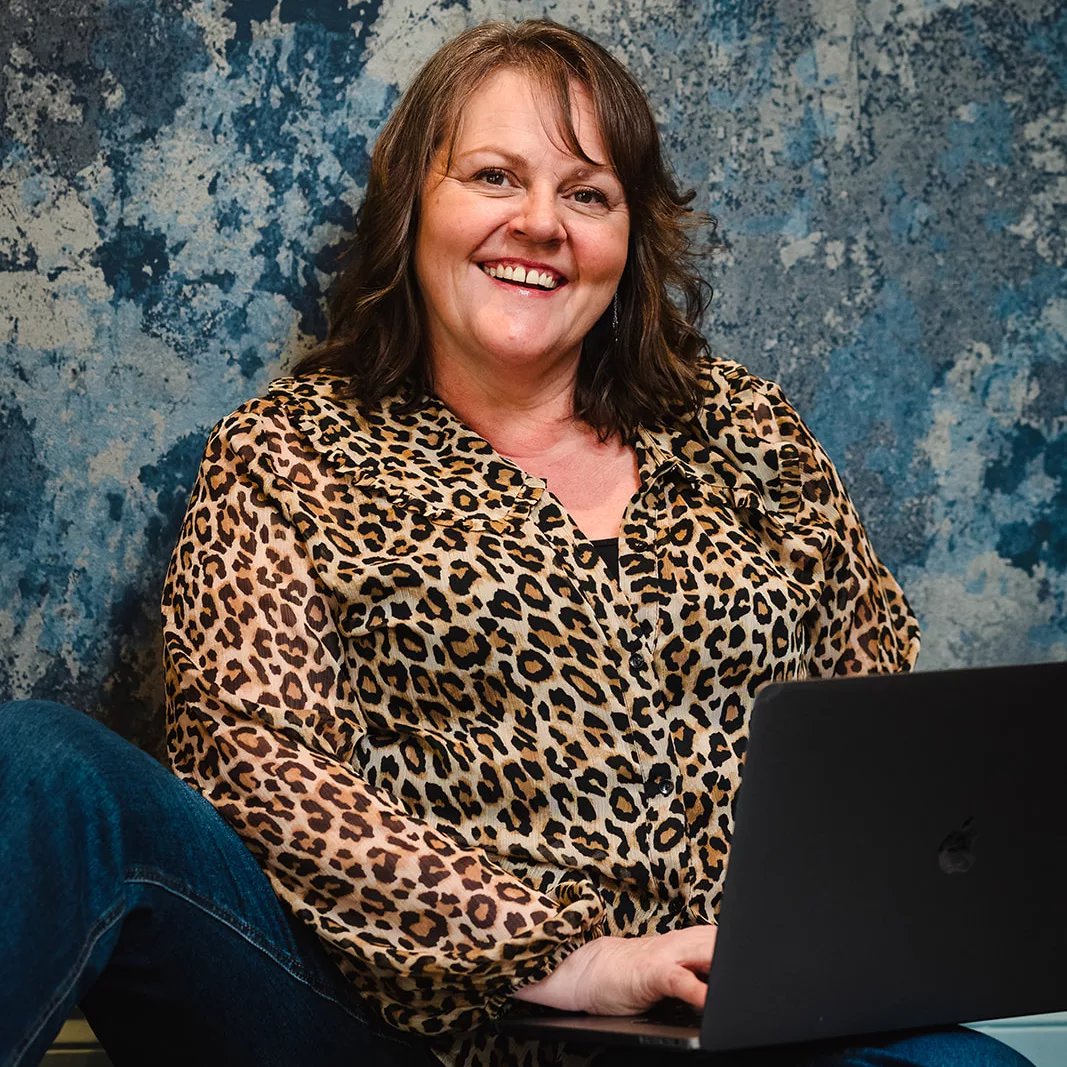Adverse Childhood Experiences (ACEs): Understanding the Impact, Unlocking Healing
Could Childhood Stress Still Be Shaping You Today?
If you feel anxious, shut down, or like your body isn’t on your side, it may not be “just how you are.” Often, these patterns trace back to what your nervous system learned in childhood.
The ACE framework helps explain why – and points toward a way forward.
Could Childhood Stress Still Be Shaping You Today?

If you feel anxious, shut down, or like your body isn’t on your side, it may not be “just how you are.” Often, these patterns trace back to what your nervous system learned in childhood.
The ACE framework helps explain why – and points toward a way forward.
What is the ACE Score?
ACE stands for Adverse Childhood Experiences – stressful or traumatic events before age 18, such as neglect, bullying, or growing up around addiction. Each “yes” adds a point to your ACE score.
Research shows:
-
Higher scores can be linked to anxiety, burnout, or chronic health issues.
-
Even one ACE can carry weight. Four or more raises risks further.
But your score is not your destiny. It reflects how your system adapted to survive. And because survival patterns were learned, they can be unlearned.
Why This Matters
ACEs can echo through:
Body → tension, pain, digestive flare-ups.
Mind → racing thoughts, inner critic, shutdown.
Relationships → people-pleasing, trust issues.
Work & money → burnout, overworking, or low confidence.

These are protection patterns, not flaws. And they can shift.
Discover Your ACE Score
Want to know how childhood stress may still be shaping your nervous system today? The ACE Quiz is a simple tool that gives you a number – but more importantly, it gives you context.
In just a few minutes, you’ll learn:
-
How many early stressors your system adapted to.
-
Why certain triggers, health issues, or stress patterns make sense.
-
Where your nervous system might still be running in “survival mode.”
Your score isn’t a life sentence. It’s a starting point for understanding – and change.
The Nervous System Repatterning Method™.
Beyond Coping: Healing at the Root
You’ve tried to think your way out of it. You’ve pushed through, managed, analysed, read the books, joined the workshops, maybe even seen therapists. Yet the same responses surface - the overwhelm, the reactivity, the unease beneath your capable exterior.
This isn’t about being broken or lacking willpower. It’s because patterns like anxiety, people-pleasing, procrastination, or sudden outbursts aren’t held in the conscious mind. They’re wired into the body’s operating system - the nervous system.
The Nervous System Repatterning Method™ is my body-first framework for releasing these survival patterns and restoring your natural capacity for calm, confidence, and ease. It’s not about managing symptoms - it’s about healing at the root.
Release
Old memories and triggers soften. The emotional charge dissolves.
Regulate
Your body learns how to switch off survival mode. Calm becomes available.
Restore
You build new patterns of clarity, connection, and confidence.
How We Work: The Cycle of Release, Regulate, Restore
Lasting change doesn’t follow a straight line. It’s a cyclical process that honours your body’s wisdom and unfolds at the pace your system feels safe to take. The Nervous System Repatterning Method™ moves through three interconnected phases - Release, Regulate, and Restore - each one working with the language of your body to create lasting change.
1. Release - Letting Go of the Past
We create safety for your system to release what it no longer needs to hold: stored survival energy, emotional charge, and limiting beliefs wired in by past experiences. This isn’t about reliving the past. Using gentle, body-based techniques, we help your system complete stress cycles and loosen the grip of old triggers.
Outcome: Relief, lightness, and space as the weight of old patterns eases.
2. Regulate - Expanding Capacity in the Present
With new space created, we build your nervous system’s capacity to meet daily challenges with steadiness instead of overwhelm. You’ll learn to notice early signs of stress responses and guide your system back to safety in real time.
Outcome: More emotional balance, less reactivity, and the ability to stay grounded even in stressful moments.
3. Restore - Anchoring Your New Patterns
Finally, we embed the shifts you’ve made so they become part of how you live. Your body learns new patterns of clarity, confidence, and connection that feel natural and lasting.
Outcome: Deeper self-trust, authentic ease, and the freedom to show up fully in life and relationships.
What Makes This Method Different?
Body-First Healing
We go beyond willpower and conscious analysis, working directly with your nervous system - where patterns are held and real change begins.
Root Cause Resolution
This isn’t about coping with symptoms. We address the underlying patterns that keep you stuck, so you can move forward with ease.
Lasting Change
By shifting your physiology, the changes you experience become stable, embodied, and woven into daily life.
Healing Childhood Stress at the Root
You can’t think your way out of a trauma response. But your body can learn to feel safe again.
In sessions, we:
-
Create safety first → calming your system so it knows the present is safe.
-
Release stored stress → easing tension and overwhelm without reliving the past.
-
Update old beliefs → shifting survival stories like “I’m not safe” or “I have to hold it all together.”
The result: more calm, clarity, and confidence in your daily life.

I never connected my anxiety to childhood until I worked with Kellie. Her gentle approach helped me release so much tension I didn’t even know I was carrying. For the first time, I feel like I’m not defined by what happened to me.
Your Next Step
Your ACE score can offer context, but healing happens in the present.
The first step is a free Clarity Call – a safe, confidential chat about what you’re experiencing and whether this approach feels right for you.
Frequently Asked Questions
Do I have to talk about everything that happened?
No. We focus on how your body holds stress, not retelling every detail.
What if I don’t remember much from childhood?
That’s normal. Your body carries what’s needed for release, even without clear memories.
Is this right for me if my childhood “wasn’t that bad”?
Yes. What matters is how your system adapted, not how “serious” the events sound.

